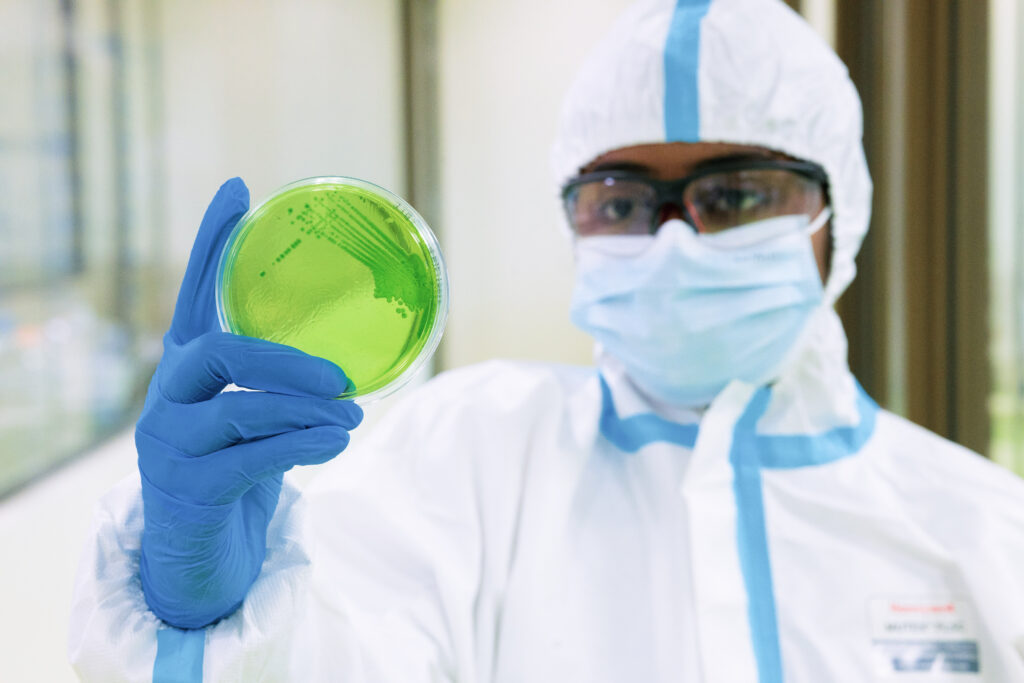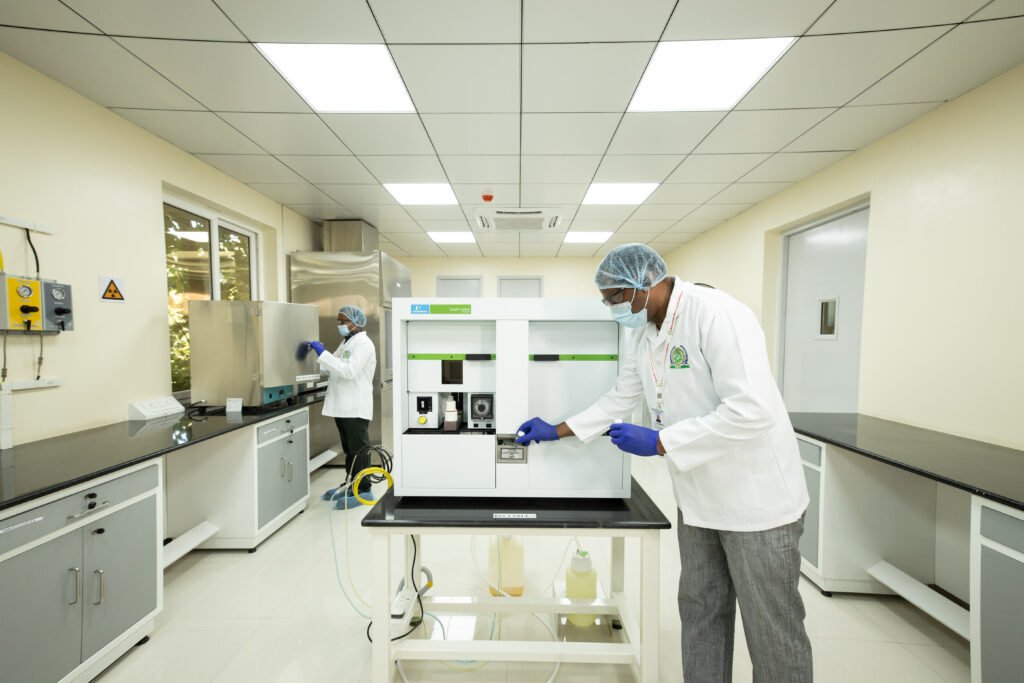Food and Feed additives
Comprehensive Food and Feed Additives Testing Services
At Bioscience Research Foundation (BRF), our Food and Feed Additives Division is committed to providing comprehensive services for the evaluation, analysis, and testing of food and feed additives. With a focus on safety, quality, and regulatory compliance, we offer tailored solutions to meet the specific needs of clients in the food and feed industry.
Our division specializes in the evaluation and testing of various food and feed additives, including preservatives, flavor enhancers, antioxidants, emulsifiers, and nutritional supplements. We conduct comprehensive assessments to evaluate the safety and efficacy of these additives, ensuring they meet regulatory requirements and are suitable for consumption.
BRF’s state-of-the-art laboratory facilities are equipped with advanced analytical instruments, enabling us to perform a wide range of tests and analyses. These include ingredient analysis, identification of contaminants, determination of nutritional content, and assessment of stability and shelf-life.
Additionally, we conduct studies to assess the toxicological profile and potential allergenicity of food and feed additives. This includes acute and chronic toxicity testing, genotoxicity assessments, and allergenicity studies, helping clients ensure the safety of their products.
Our division also provides formulation support, assisting clients in the development and optimization of additive formulations. We offer expertise in ingredient compatibility, formulation stability, and optimization of dosages, ensuring that additives are effective and perform as intended.
BRF’s laboratory is equipped with state-of-the-art gamma radiation detection instruments capable of accurately measuring radiation levels. Our highly skilled team of scientists is trained in using these specialized instruments and conducting radiation analysis in accordance with international standards and guidelines.
By employing gamma radiation detection, we help clients in the food and feed industry ensure the safety and quality of their products. We conduct rigorous testing to identify and quantify any gamma radiation present in food and feed additives, enabling clients to meet regulatory requirements, mitigate potential health risks, and maintain consumer confidence in their products.
Our team of experienced scientists and regulatory experts stay up-to-date with the latest industry regulations and guidelines. We follow good laboratory practices (GLP) and adhere to international standards, providing clients with reliable data and regulatory compliance.
With our commitment to excellence, scientific rigor, and customer-centric approach, BRF’s Food and Feed Additives Division is a trusted partner for clients in the food and feed industry. Whether clients require additive analysis, safety assessments, formulation support, or regulatory guidance, we provide comprehensive solutions to meet their specific needs, ensuring the safety, quality, and compliance of food and feed additives.
Our Lab


Overview of services
- Total viable count
- Pathogen detection (Salmonella, E. coli, Listeria, etc.)
- Yeast and mold count
- Coliform count
- Enterobacteriaceae count
- Spoilage organisms detection
- Allergen-specific ELISA or PCR
- Gluten testing (for gluten-free product labeling)
- Milk, egg, soy, peanut, tree nut, and other allergen detection
- Cross-contamination assessment
- Proximate analysis (moisture, ash, fat, protein, carbohydrate)
- Vitamin and mineral content analysis
- Dietary fiber analysis
- Fatty acid profile analysis
- Caloric value determination
- Mycotoxin testing (aflatoxins, ochratoxin, etc.)
- Heavy metal analysis (lead, mercury, cadmium, arsenic)
- Pesticide residue analysis
- Veterinary drug residue analysis
- Polycyclic aromatic hydrocarbon (PAH) analysis
- Microbiological stability testing
- Sensory evaluation (organoleptic assessment)
- Nutrient degradation analysis
- Oxidative stability testing
- Packaging integrity assessment
- Physical stability evaluation (phase separation, sedimentation)
- Chemical stability testing (degradation kinetics)
- Shelf-life determination
- Temperature stress testing
- Light exposure testing
